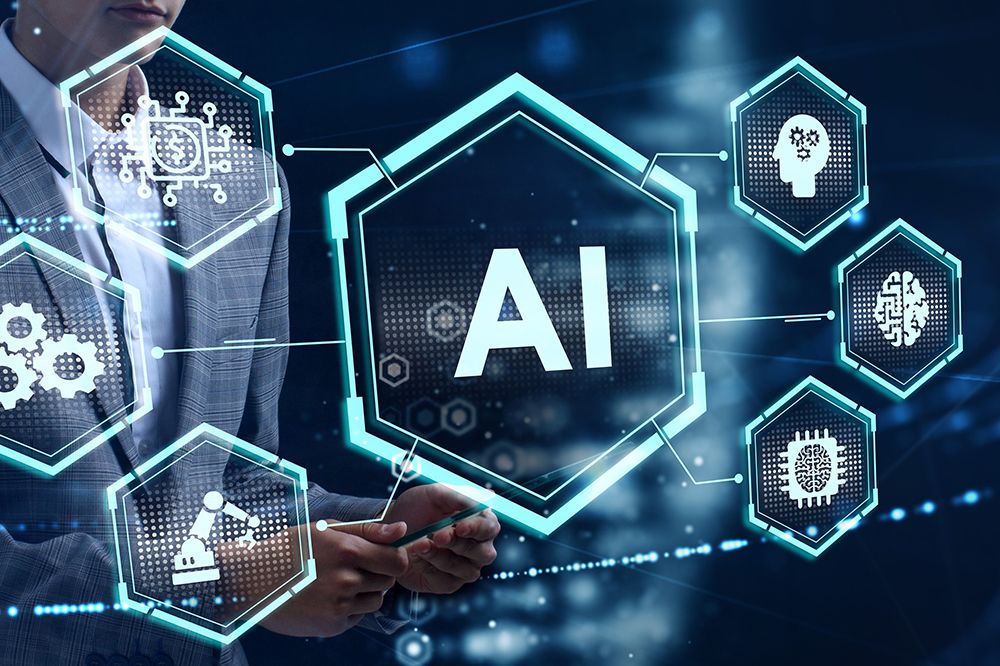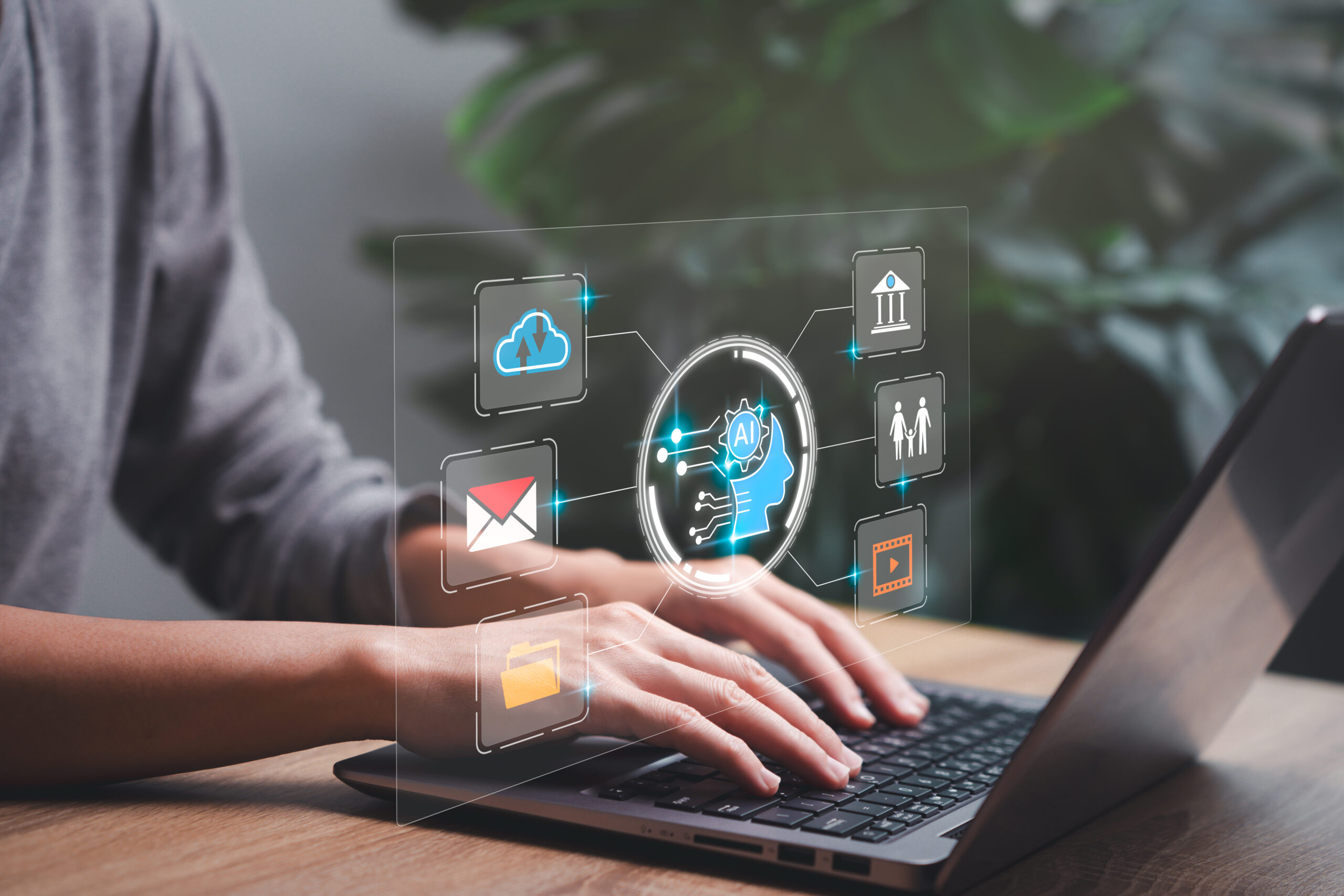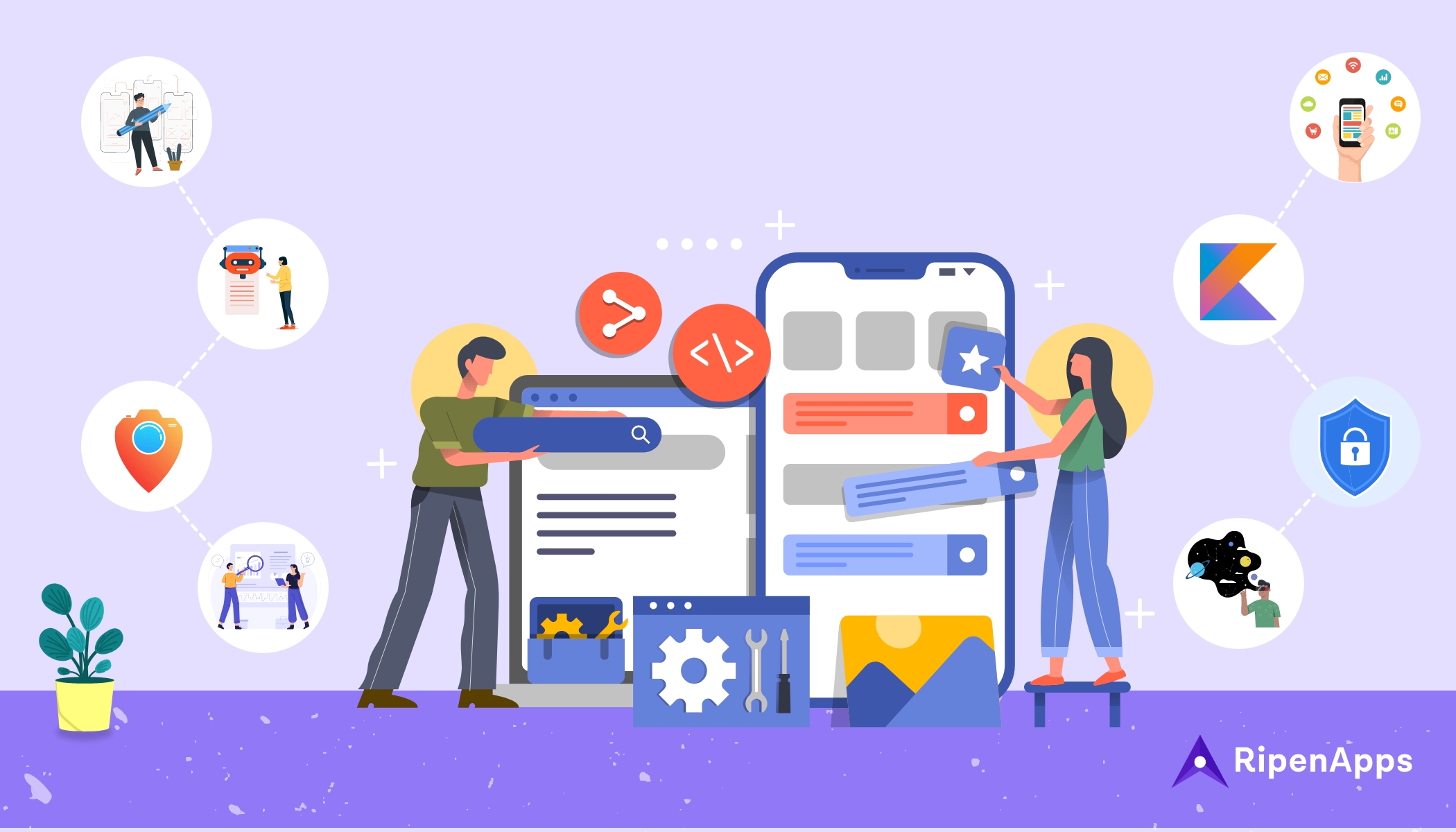Everybody is reaping the benefits of the widespread AI usage. With the press of the button, anything from a simple banana bread recipe up to a description of quantum mechanics written in simple terms is accessible.
Naturally, the power of this fact is not an issue for entrepreneurs who are swiftly learning to use this potential to help their companies grow. Dan Thomson, Founder of Sensay, is an instance. The company he founded, Sensa, is developing AI-controlled digital replicates that improve workplace efficiency and help employees save time.
From tech startups to the retail and healthcare sectors, it’s evident that AI is making waves in all industries as we approach 2025. Here are a few ways AI is helping boost productivity and enhance operations.
AI algorithms that drive data-driven decision making
AI can analyse huge amounts of data and produce insights by analyzing patterns and trends in markets.
AI is used to transform the health sector. AI algorithms can detect outbreaks of illness by analyzing health data across different regions and identifying the demographics that are most at risk. Chronic diseases (eg, heart and diabetes) can also able to be detected earlier in patients since AI can evaluate their medical history as well as the lifestyle aspects.
This not only increases efficiency in the healthcare industry but also increases the chances of saving lives through enabling nurses and doctors to anticipate interventions.
Enhancing efficiency using artificial intelligence-driven automation of tasks
Automating repetitive tasks improves productivity, reducing both cost and time needed to complete tasks.
The retail industry is proof of this point. AI assists in tasks like managing inventory or customer care. In the first instance, AI is forecasting demand and suggesting ways to increase inventory levels, and reducing the chance of overstocking as well as selling them out.
AI chatbots can also respond to customer queries all day long by answering frequently asked questions and enhancing the customer experience, while reducing the time for employees.
AI, the founder and CEO of Sensay, Dan Thomso, is going one step further by constructing digital replicas of employees, which can keep the company’s knowledge and perform tasks in a way that humans are able to get more free time.
Making personalized experiences
AI transforms online learning experience. This can be used directly in any field to revolutionize the training of employees. LinkedIn Learning, for example, employs algorithms to determine the skills of employees and suggest classes and resources specifically appropriate to the needs of their users. This specific training can maximize the potential of employees as well as the development of their skills.
Enhancing recruitment processes to prioritize the best skills and reduce time
AI simplifies the screening process for candidates, which saves time for employers while also improving work planning. AI tools are able to examine CVs and evaluate candidates’ qualifications and abilities, and rank them according to their suitability for the job.
Platforms like Hire Vue employ AI during video interviews to evaluate the responses to body language, tone, and tone to help recruiters make better choices – while also providing candidates with immediate feedback that they can utilize for personal growth.
This helps reduce biases and prioritizes hiring based on the raw capabilities instead of demographic data, which ensures an unbiased selection process. Yet, recruiters must balance this approach with input from humans to identify the most qualified candidates.
Creative marketing techniques for transforming advertising practices
AI, by its very nature, is constantly learning and is therefore a crucial tool for driving the development of new strategies for digital marketing by offering highly targeted and customized advertising. AI makes use of data analytics to analyze the vast amount of data that consumers have that including browsing data, social media activities, and preferences – it can be used to determine specific consumer requirements and desires.
Facebook, as well as Google Ads, have led the use of this technology to offer targeted ads to users, automatically adjusting the content, timing, and location based on the location of the user or their preferences, and even in real-time contexts like the time of day, as well as the latest trends.




